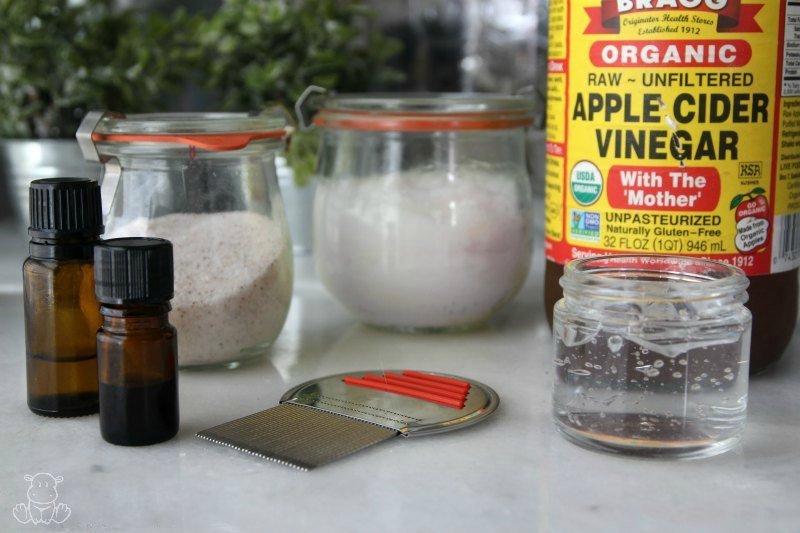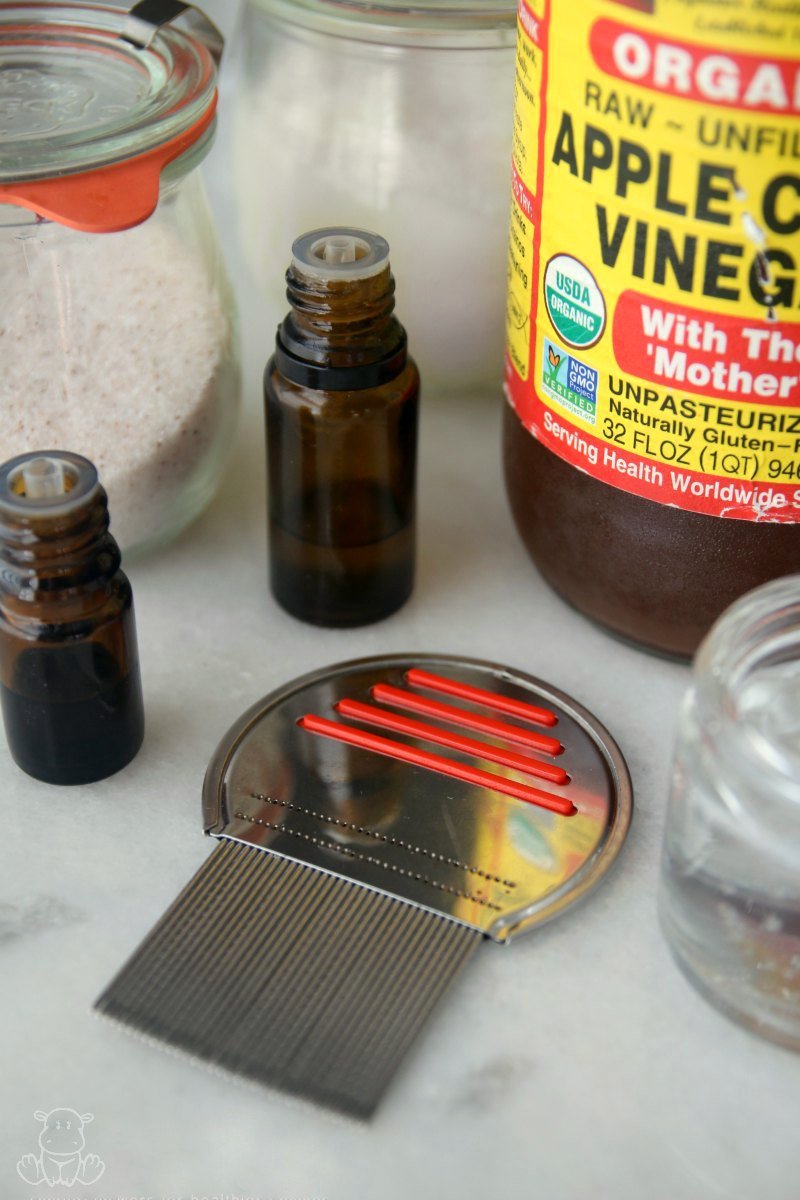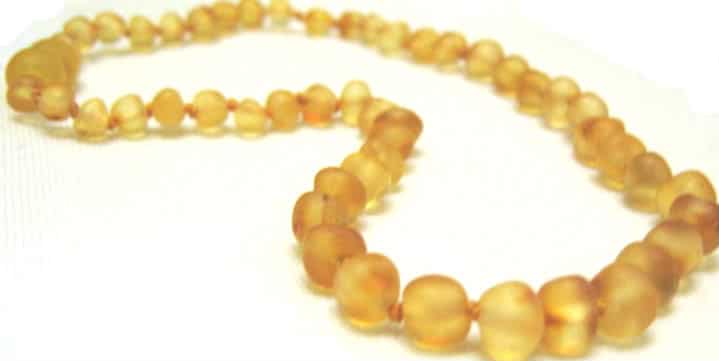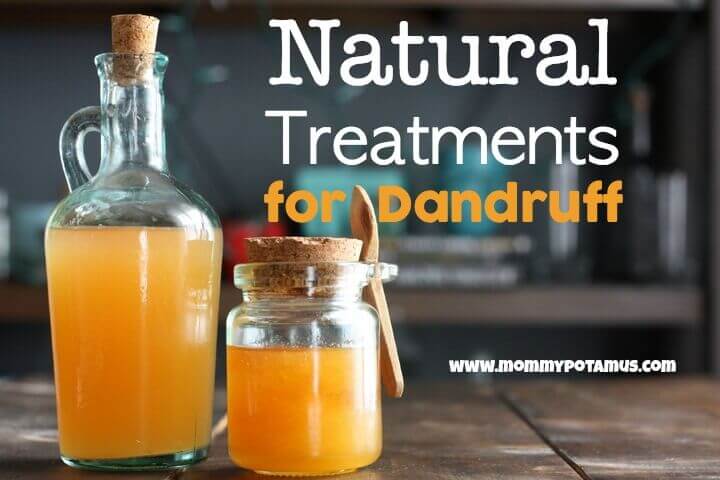
Have you ever noticed how motherhood has a way of making you feel guilty about random things, like going to the bathroom by yourself? Well, here’s one thing you shouldn’t add to your list: lice.
If your little one gets it, it’s not because they were dirty . . . though it’s probably a good thing if they are sometimes. Lice thrive in clean hair, dirty hair, blue hair and even weird beard hair.
If you’re like me, you remember being doused with a foul, tar-like shampoo after a wave of lice hit your local elementary school. For even the natural mamas among us, it’s easy to think that this might be the time to bring out the big guns. Who wants to fight this stuff for weeks, right?
Before you lather up, though, here’s what you need to know:
Conventional Lice Treatments Are Worse Than We Thought
Over-the-counter options like Nix, Rid, A-200 and Pronto and prescription varieties like Ovide or Kwell contain neurotoxins that kill lice by attacking the central nervous system.
Permethrin and pyrethrum, which are found in over-the-counter options, are neurotoxins that have been linked to “side effects such as headache, ringing of the ears, nausea, tingling of fingers and toes, breathing problems, and other nervous system problems.” (1) The Asthma Society of Canada adds that “Children are particularly vulnerable to the effects of pesticides, especially those with a history of allergies or asthma.” (2)
Prescriptions options use stronger pesticides. For example lindane, which is found in Kwell, is linked to seizures, slurred speech, mental confusion and tremors. In fact, the “pharmaceutical use of lindane is already banned in at least 52 countries across the globe. The American Academy of Pediatrics recommends against the use of lindane, citing toxicity to the central nervous system and cases of seizures in children, as well as low efficacy.” (3)
“Increasingly pesticides like lindane, even in very small amounts, are linked to a wide range of adverse impacts on children’s health,” said Mark Miller, MD, MPH, director of the UCSF Pediatric Environmental Health Specialty Unit. “The options for lice and scabies control shouldn’t include this neurotoxic pesticide.” (4)
Plus, They Don’t Even Work
You see, lice are super these days. And by super I don’t mean awesome, I mean resistant to pesticide-based products. According to a study published in the Journal of Medical Entomology, 99.6% of the lice found in the U.S. at the time of the study were “super lice.” Just like bacterial superbugs, they’re unaffected by conventional treatment methods.
If you’re scratching your head about what to do instead, I have a few suggestions.

How To Get Rid of Lice Naturally
Last week I discovered that one of my boys had lice. Since it spreads easily between family members I decided to treat everyone, including myself. My hair is long and thick, so separating it into sections to go through with a nit comb (more on those in a sec) is not an easy task. Since I like my husband and want to continue liking him, I decided to drive to a professional nitpicker for help with that step.
While she was working on me she shared insights into her process, which she says works 99.99% of the time. Here are her three steps:
Step 1: Heat Treatment
Using a device similar to a blow dryer, she heated each section of my scalp in 30 second intervals. Lice and their eggs (called nits) need moisture to thrive, so this step helps by dehydrating and killing a lot of them.
Earlier that day I’d used a hairdryer on my daughter, who has waist length hair, to achieve the same goal. I asked her if that would work and she said yes. Because hairdryers do not heat as uniformly as the device used by professionals, I used it for longer – about 20 minutes total on medium heat. I also used a curling iron to “flatiron” the hair away from her scalp for good measure, because I really hate lice. It’s been a week now and it looks like we succeeded with just one treatment.
Step 2: Nit Comb
Next, the hair is combed to remove dead lice and eggs, plus any that were not killed by step one. Professional “nitpickers” most often use the Nit Free Terminator Lice Comb to remove lice and eggs.
After comparing the metal comb I was able to find at our local store with the Terminator comb, I ordered the Terminator. Missing just one or two eggs can lead to a recurrence, so I wanted to have it on hand in case the comb I’d used didn’t fully do the job. It’s also good to have on hand for future issues, although I hope we don’t have any.
In the video below, a professional “nitpicker” walks you through effective combing techniques for removing lice and nits.
Quick note: My nitpicker used the comb on dry hair. After trying it both ways on my daughter I prefer the dry approach – it seems to grab the eggs better.
Step 3: Suffocation
One study found that coating the hair/scalp with a blend of mineral oil and other chemicals to suffocate the lice was 97.6% effective. Personally, I wouldn’t use mineral oil, polysorbate 80, etc., but I would definitely try oils such as coconut or olive.
Lice can hold their breath for up to eight hours, so some people recommend covering the coated hair with a shower cap and letting it sit overnight.
I’m not sure that’s necessary, though, if the smothering step is combined with an essential oil application (see safety note below before applying to children!). According to this analysis, eucalyptus is essential oil is more than twice as effective as permethrin and pyrethrum at killing lice, so adding it to the oil that is applied to the hair is thought to hasten their demise. The nitpicker I spoke with recommended leaving a peppermint essential oil infused product in for a minimum of 30 minutes before washing. My husband picked up some shower caps to use for this step so we didn’t accidentally get oil on the furniture.
Suffocation will kill the active lice, but it doesn’t affect nits, so if you rely on it without using step one you may have to repeat the process for several weeks. Lice don’t lay eggs until they are about 10 days old, so if you treat every 7 days you’re eliminating their ability to reproduce. After the initial treatment, two more treatments spaced a week apart should do the trick.
Safety note: Certain oils such as eucalyptus and peppermint contain high concentrations of 1.8 cineole, which can negatively affect the temperature receptors of children’s lungs and cause breathing problems. For that reason I used only kid-safe oils that the professional nitpicker recommended for use on lice – tea tree and lavender.
In one study, a lotion that included 10% tea tree and 1% lavender oil was 97.6% effective in eliminating lice, while insecticides like pyrethrins and piperonyl butoxide were only 25% effective. More on how I used them below.
Step 4: Hair Gel & Other Products
One thing the nitpicker mentioned regarding re-infestation is that lice really hate essential oil infused hair products, so in the days after I treated my boys I applied homemade hair gel with equal parts tea tree and lavender.
For my daughter I added the oils to 1/4 cup vinegar and stirred them together, then added 1/4 cup water and poured the mixture in a bottle to spray on her hair daily.
Home Remedies For Lice (Application Guide & Recipes)
If you’re wondering how much essential oil to use during the suffocation treatment and what other options should be considered, this section is for you. Below are some natural ingredient combinations that I’ve used personally and/or friends have recommended.
Apple Cider Vinegar
Some people believe that applying vinegar to the scalp/hair before blowdrying helps loosen the “glue” that holds lice eggs in place. I used a glass spray bottle to apply the vinegar to my daughters hair, then allowed it to dry naturally before doing Step #1 (heating the scalp with a blowdryer.)
Enzyme Based Soaps or Diatomaceous Earth
Some newer products use enzyme-based soaps that help loosen eggs and possibly even kill some active lice by breaking down their exoskeleton. Certain products, such as Lice B Gone, are marketed specifically for that purpose. Enzyme-based soaps would be applied either before or after Step 1 as described above.
Another option I’ve heard mentioned is diatomaceous earth. However, because it will dry out the scalp and hair – possibly to the point of making it brittle – I would only use it as a last resort. And even then, I’d take care to apply it to the scalp area and hair immediately surrounding the scalp instead of all of my hair.
Epsom Salt + Water
Epsom salt mixed with water may dehydrate and kill lice/nits. To use, apply 2-3 tablespoons epsom salt dissolved in 1/4 cup warm water (or more if needed) to the scalp/hair.
Allow the mixture to sit until the hair is fully dry, then wash before starting with Step 1. There isn’t any formal research that backs this method, only stories from parents. However, it may be worth a shot.
Coconut or Olive Oil + Essential Oils
As mentioned above, in this study, a lotion that included 10% tea tree and 1% lavender oil was 97.6% effective in eliminating lice, while insecticides like pyrethrins and piperonyl butoxide were only 25% effective.
When I applied coconut oil to my kids, I used 9 drops essential oil per tablespoon of coconut/olive oil.
How To Prevent Lice From Coming Back
Lice don’t do well in the environment if separated from us, so preventing reinfestation is relatively easy with a little know-how.
- Place brushes, combs, rubber bands, and other hair related items in a sealed bag/container and place in the freezer for 24 hours
- Wash and dry bedding and towels in hot water, then place in dryer. At the end of the drying cycle I turned my dryer setting to “high heat” and let it run for 20 minutes before taking everything out.
- Wipe down car headrests and seats if possible
Products Mentioned In This Post
What home remedies for lice have you tried? Did they work for you?
Want more research-backed natural remedies?
No problem, I’ve created a free ebook for you – Kitchen Apothecary: 25+ Natural Remedies Using Ingredients From Your Pantry – as a gift for signing up for my newsletter. You’ll also get updates when I post about safe essential oils for pregnant/breastfeeding mamas, exclusive gifts and coupons (I was able to give away a jar of free coconut oil to anyone who wanted it recently!), plus other goodies.
Sign up using the form below.
This article was medically reviewed by Dr. Sheila Kilbane, MD, a board-certified pediatrician, trained in integrative medicine. As always, this is not personal medical advice and we recommend that you talk with your doctor.
Sources:
1. WebMD. Pyrethrum. Retrieved from https://www.webmd.com/vitamins/ai/ingredientmono-387/pyrethrum
2. Asthma Society of Canada. (2017) Pesticides & Asthma. Retrieved from https://asthma.ca/wp-content/uploads/2017/08/asthma_pesticides_eng.pdf
3. Pesticide Action Network Press Release. (2009) Global chemical treaty adds lindane to ban list. Retrieved from http://www.panna.org/press-release/global-chemical-treaty-adds-lindane-ban-list
4. Pesticide Action Network Press Release. (2012) FDA Fails to Ban Neurotoxic Lindane. Retrieved from http://www.panna.org/press-release/fda-fails-ban-neurotoxic-lindane




